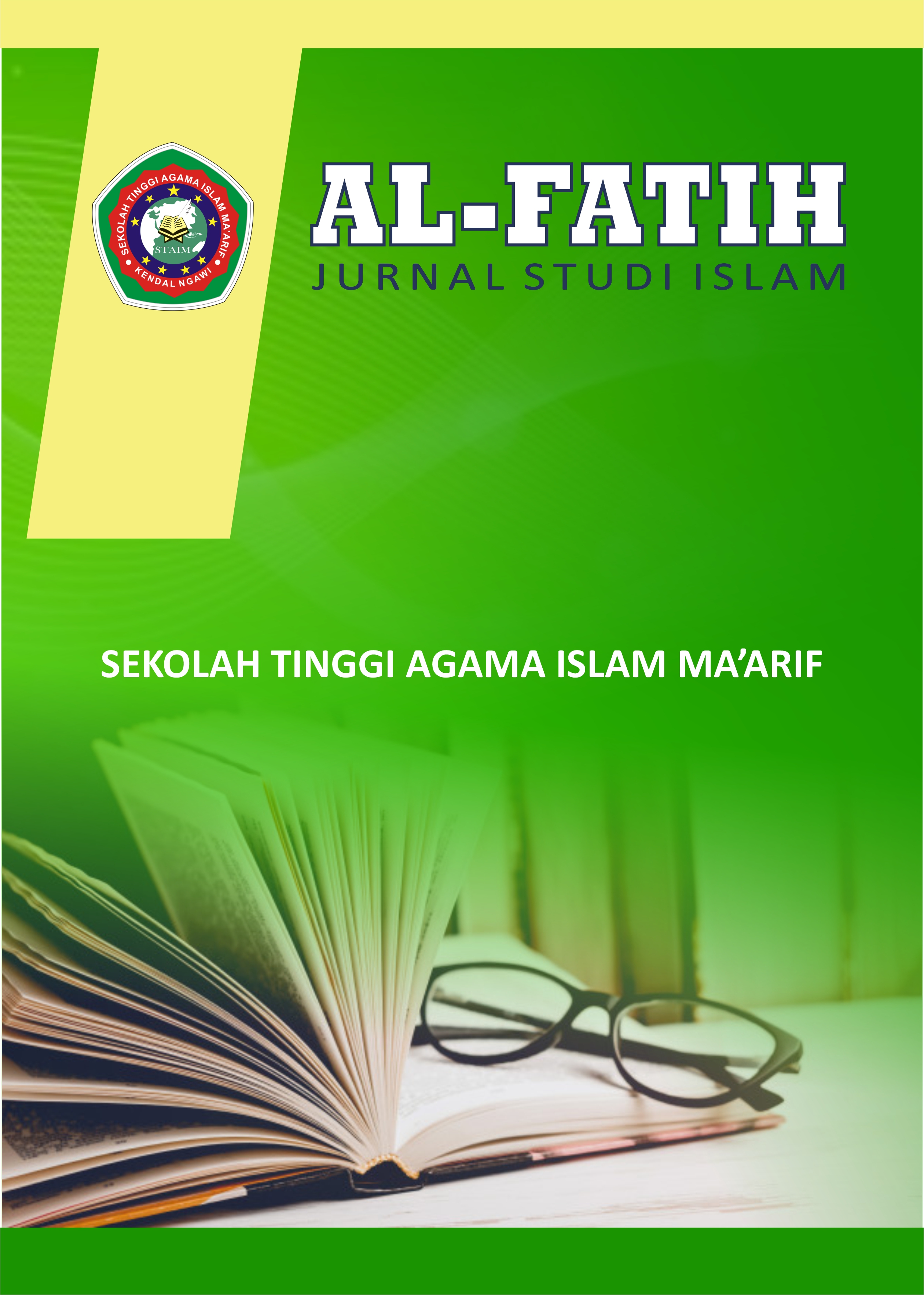TAFSIR ALQURAN METODE DAN KECENDERUNGANNYA
Keywords:
Tafsir of the Qur'an, Methods and TrendsAbstract
Abstract
This article examines the methods, approaches and styles of interpreting the Koran. The method used in this paper is the descriptive-analysis method. This article aims to examine and analyze methods, approaches and styles in the interpretation of the Koran. This article concludes that; firstly, an interpretation method is a method, steps, or framework that must be followed when interpreting the Koran, so in this case there are several methods of interpreting the Koran, namely; Ijmali, tahlili, muqaran, maudhu'iy interpretation methods.
Naz'ah/ Ittijah is a collection of basic principles, clear thoughts that are included in a theory and that lead to one goal. The Naz'ah/Ittijah referred to is the tendency towards interpretation which is the tendency of the mufassir in interpreting the verses of the Qur'an. These tendencies that occur are actually the result of the tahlili (analytical) method. This started during the 'Abasiyyah caliphate. If in the past tafsir only limited itself to the narration of tafsir from salaf scholars, then at this stage it combines tafsir bi al-ra'yi with tafsir bi al-ma'thur.
With this method, the mufassir each analyze using approaches that are appropriate to the school/school of thought they adhere to, and/or their scientific tendencies. This is what happens in the Tahlili method, where a person's expertise in a particular scientific discipline explicitly colors the interpretation they write. So then many various models of tendencies were born, such as Sufi interpretation, Fiqhi, Falsafi, 'Ilmi, Adabi and Adabul 'Ijtima'i.






